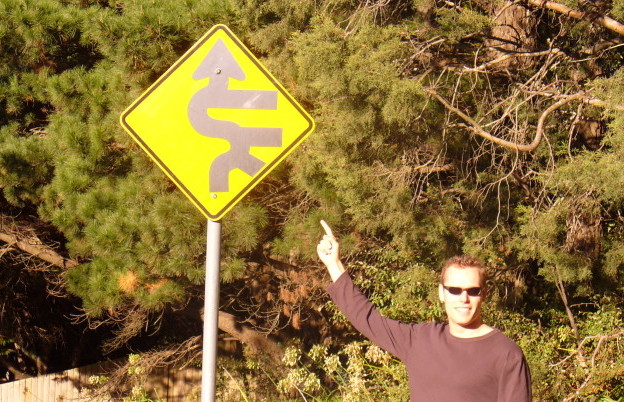
It’s a great icebreaker for public servants. The next time you’re talking with someone who works in local or state government, ask about unrelated phone calls and emails. Almost every week (or day in some cases), public sector employees will field requests for information that have no connection to their organization.
The first time I heard of this was in the 1990s when some 911 dispatchers in a rural county near Raleigh told me how busy Friday nights were. For the most part, the calls weren’t emergencies; they were mostly questions about high school football scores. Driving directions were also a popular request.
While we can debate whether these specific questions are appropriate, they serve as a helpful reminder for government officials: people don’t always understand where government starts and stops.
This is not a criticism of the people calling because we’ve all experienced something similar. For example, let’s say you are summoned to court. You’re not sure exactly where to go or when to arrive. Should you visit the city’s website first? Maybe the county? Maybe the court has its own website. If you’re unfamiliar with the local court system, trying to find your way through it can be difficult.
Navigating Organizational Structures
As government, nonprofit, or academic professionals encourage conversations with communities, we should keep this truth in mind. While we may be very familiar with our organization’s hierarchy and procedures, many people simply don’t know to whom they should talk or even what they should ask. Governments, especially, use terms that many people don’t know. At times we may need to take off our professional hat so we can explain things in clear terms.
Additionally, our communities may not understand where one government organization ends and another begins. For example, I saw a news story recently with the dateline of a specific town. People in this neighborhood even have the town’s name on their mailing addresses. But the crime didn’t happen in that town. In fact, it wasn’t in any town. It happened just outside town in the county’s jurisdiction. That’s why deputies were investigating instead of police. The lines between government organizations may make sense to long time public servants, but many of the people we serve don’t necessarily see or understand the distinction.
Additional Hurdles
We should also be aware that while our practices can be confusing the population at large, they may be even more difficult for under-served populations. Thinking again about the courthouse example mentioned earlier – imagine how difficult it would be for someone with impaired vision to find a specific courtroom. While braille signs are generally available, do visitors know how to interpret the signs and find their way around? A person with a physical disability would also have a difficult time. Imagine moving around a town hall or courthouse with a walker or crutches. Laws are in place to make public facilities more accessible, but the terms themselves might not make sense to everyone who uses them.
Being a public servant puts you in the unique position of having information that’s important to people. We need you. If you work in public service long enough, you’ll get a phone call or email asking what time the carnival begins or how much tickets cost (real life example from last week). I encourage you to think of such calls as compliments. The caller wasn’t sure who would be able to help them, so they chose you. They believe you have access to important information that can make their life better. That’s a good thing.
What have been some of your personal experiences with the transfer of information in governmental services? What are some examples of clear communication and lacking communication? In what ways could some transferring of information be streamlined?
Good stuff Brian. This makes me think of the economic concept of information asymmetry. Public servants inherently have more knowledge about government operations than the average citizen, creating a power imbalance that is usually the subtext of interactions. I think that can lead to mistrust, especially when citizens are getting their information in fragments, and usually from a critical stance. That is why the personal connection and responsiveness you are talking about (I think) goes a long way toward building trust. It is easy to be skeptical or even fearful of the “faceless bureaucrat” but much harder to do so when one is dealing with a friend.
A great post that identifies a real challenge in a governmental system with so many layers. In some ways, social media and electronic communication have made it so much easier to find out government information that one needs, but in other ways is has become so impersonal and sometimes frustrating (sometimes you really DO need to talk to a human being) that I fear it contributes to the distance between public servants and the people they serve.
Thanks, Brian. Funny, I just read this and remembered an article I came across yesterday about San Diego’s 911 dispatchers being inundated with non-emergency calls – http://www.voiceofsandiego.org/topics/public-safety/a-311-call-line-could-ease-911-burden-but-city-balks-at-implementing-it/ . It might not be cost-effective for a smaller town like Knightdale, but a lot of medium and large cities have put in place 311 systems (both phone-based and interactive websites) whose sole purpose is to help residents get in touch with the right person within their local government, or to file a service delivery request/complaint with the right department. Some of the better examples include Boston’s (http://www.cityofboston.gov/311/) and New York’s (http://www1.nyc.gov/311/index.page). Much smaller jurisdictions have also had success with this type of model. And the widely-used Open 311 technical standard can be found here: http://www.open311.org/ .